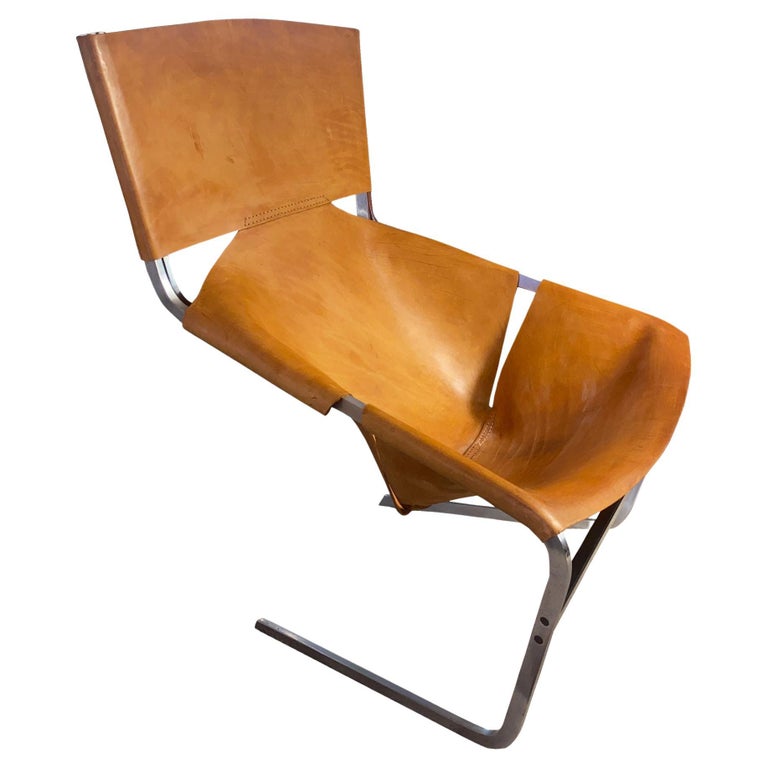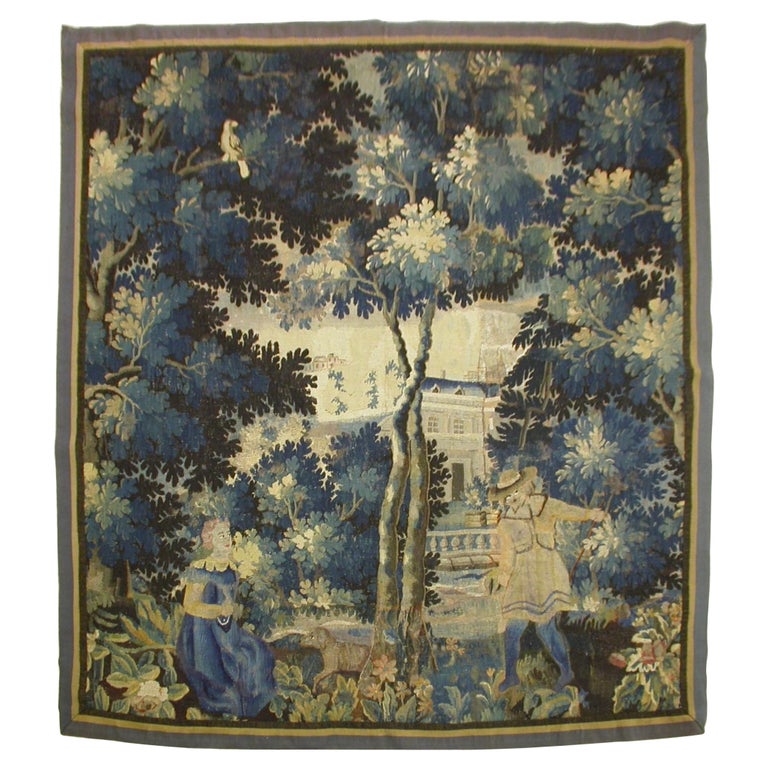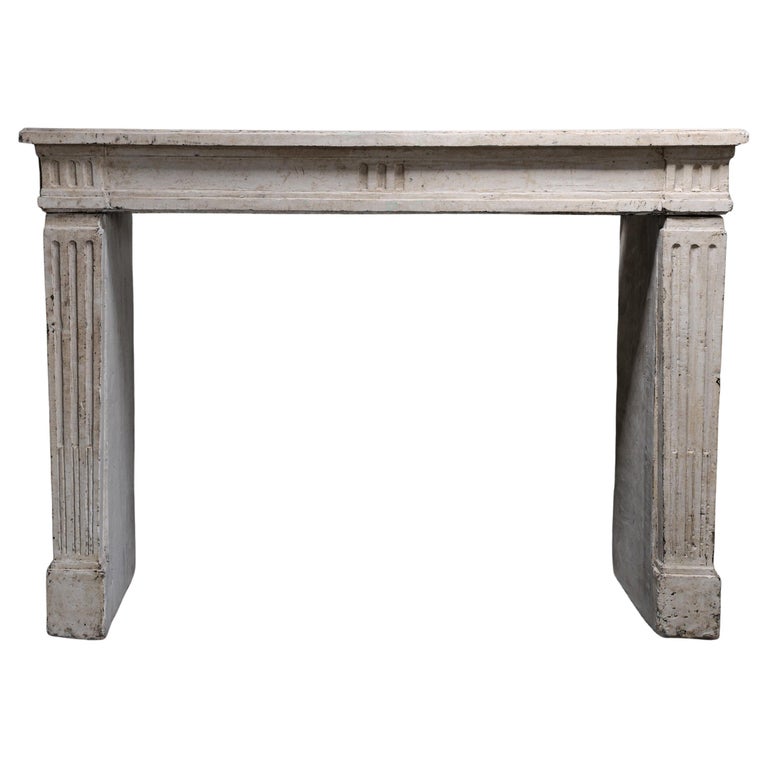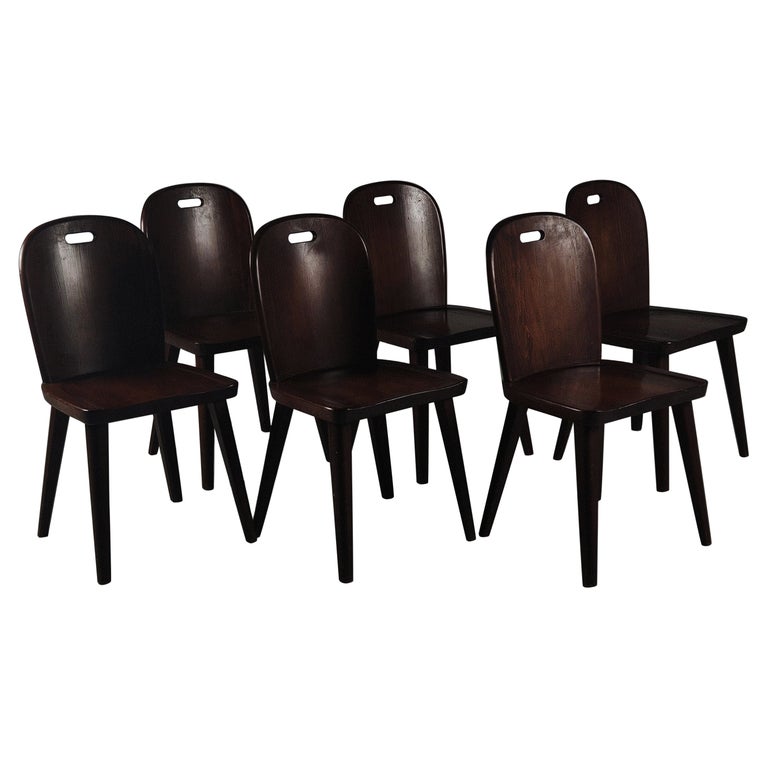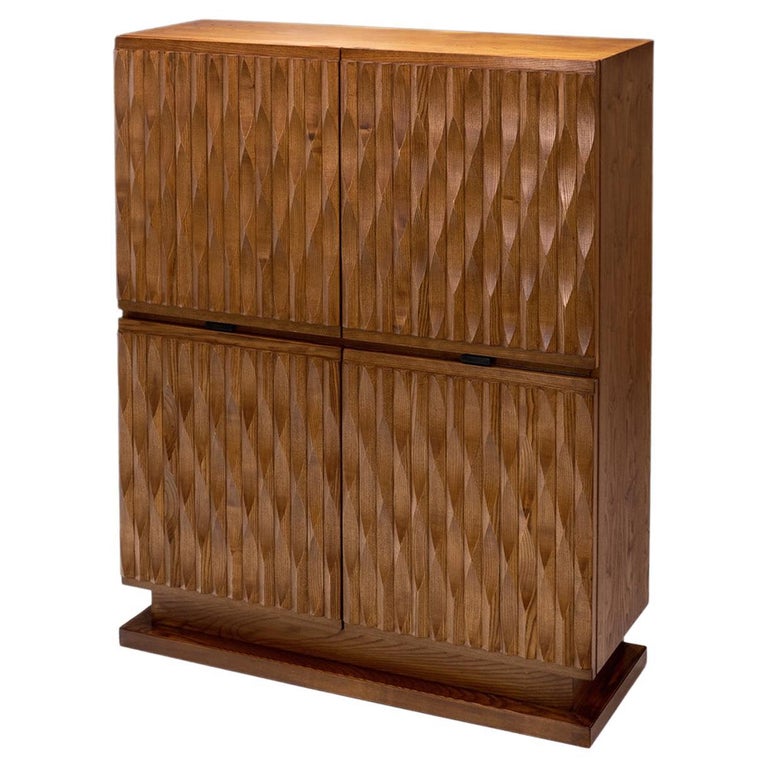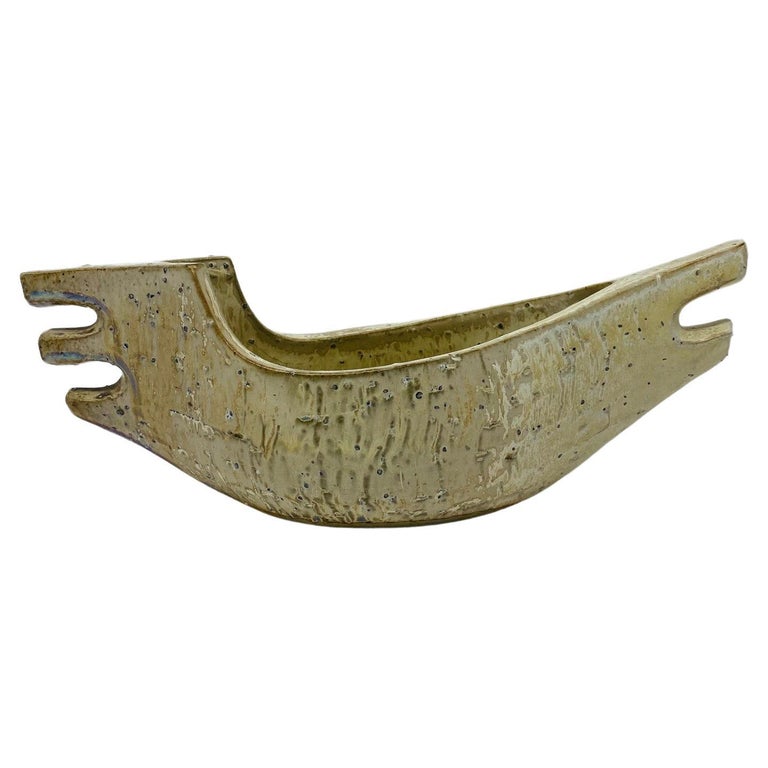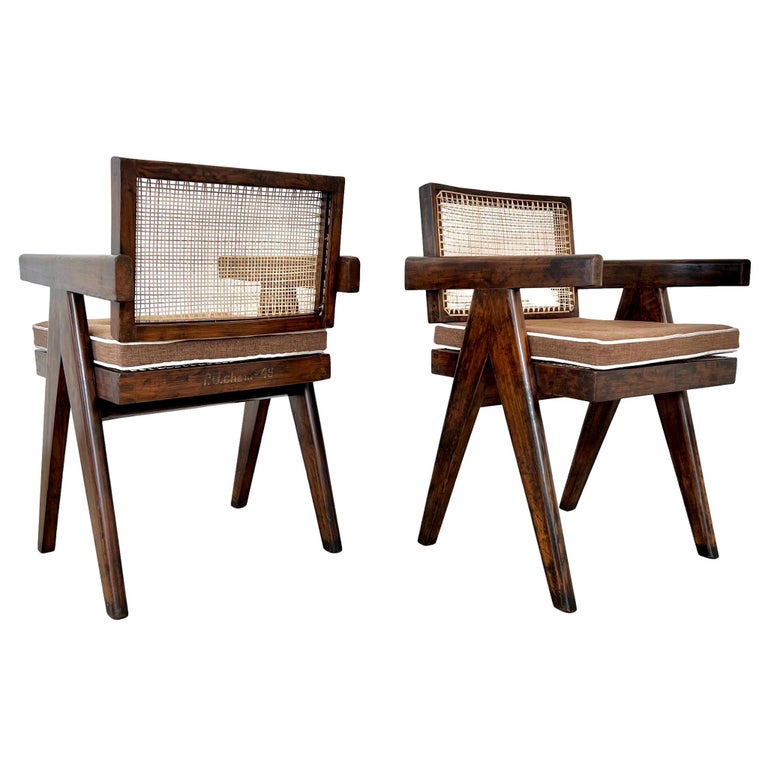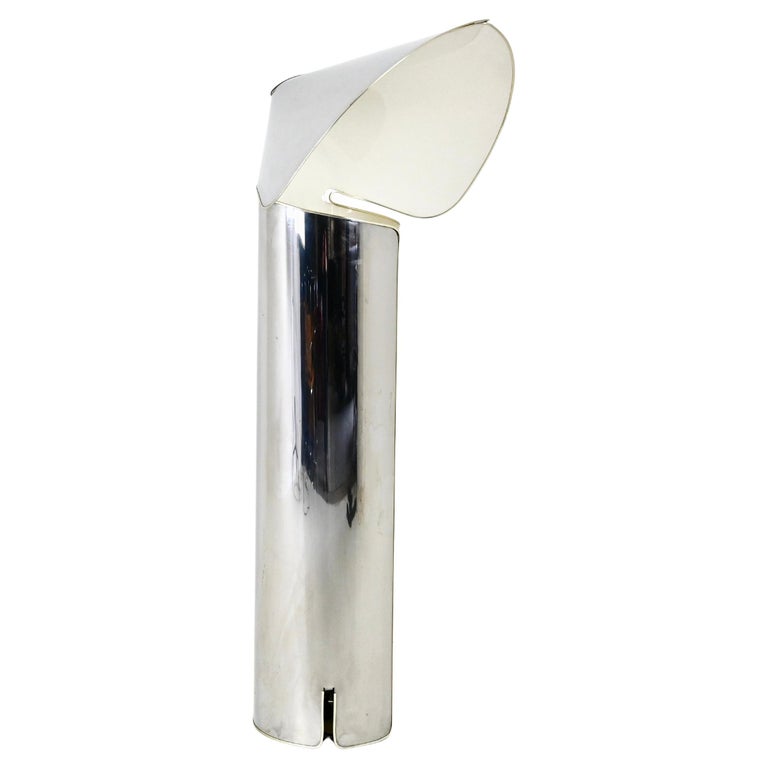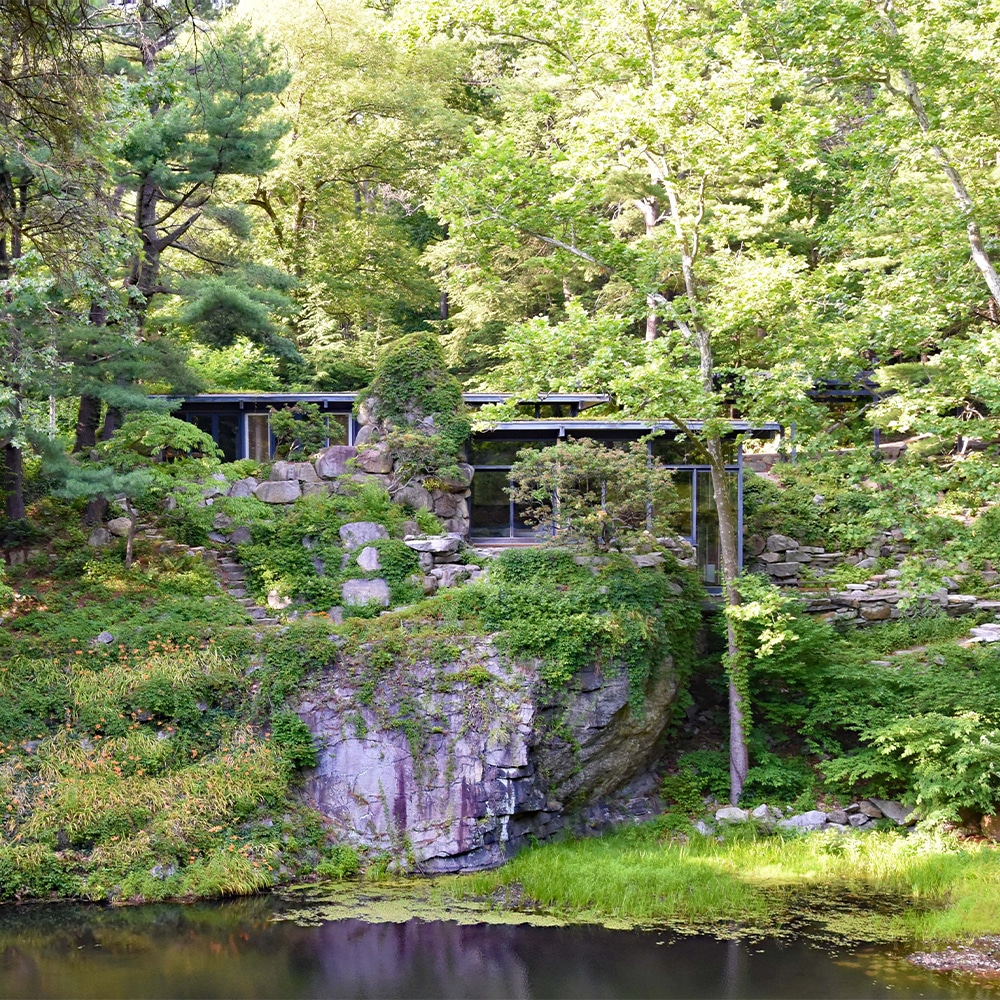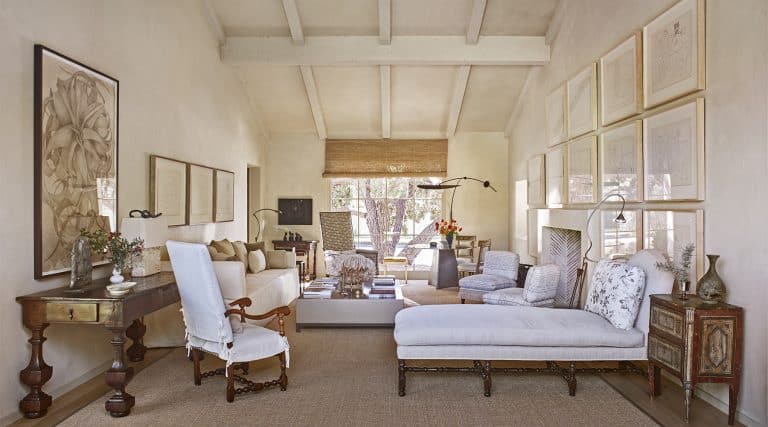May 19 , 2025I’d always heard that when you sell your home, you shouldn’t look back, in case the purchaser’s “improvements” prove to be anything but. However, when I sold my New York City loft to Nam Dang-Mitchell, an interior designer from Calgary whose work I loved, I couldn’t wait to see what she and her husband, real estate developer Jim Mitchell, would do with it.
I had lived for 27 years in the 1914 industrial building, which had primarily housed printing companies before being converted in the 1980s to mixed commercial and residential use. My late husband, Peter, and I had looked at, and rejected, countless apartments before we found the loft.

We fell in love with its open space, 12-foot-high ceilings, its huge kitchen and the glorious light from the then-unobstructed city views. In spite of the location — the then very gritty southern stretch of Hell’s Kitchen, not yet the now-sanitized Hudson Yards — we knew immediately that this would be our new home.
Even though we’d put into the purchase of the home nearly every cent we had, we managed to find the funds to carve out great closets and a workspace in the expansive bedroom, and we splurged on a Wolf range. Later, we laid slate flooring from the entry into the kitchen, which we remodeled, and installed in the living room an ambitious floor-to-ceiling wall of bookcases that Peter designed out of blackened steel and macassar veneer.

Nearly 30 years later, that wall of bookcases played a role in bringing the Mitchells to the apartment. In fact, the couple were close to a deal on a more conventional place on the Upper East Side when Nam spotted the listing from Calgary and convinced Jim — in New York on business — to hop in a cab to check it out. He called her to say it indeed felt special, and they made an offer before Nam ever saw it in person.
“With its huge warehouse windows surrounded by the Manhattan skyline, and the light streaming across the floor-to-ceiling bookshelves overflowing with novels and art and design books of every kind,” Nam recalls, “the apartment looked like my fantasy New York City loft, a dream fed by years of reading and of watching Woody Allen movies.”

The sale closed on the first official day of the pandemic shutdown — Friday the 13th of March 2020. I stayed on as a renter for more than a year while the Mitchells sorted out a renovation (they intended the loft as a pied-á-terre) and I embarked on my own apartment search and purchase, eventually finding a jewel box of a studio in the heart of Greenwich Village.
While camped out in the loft that was no longer mine, planning the renovation of my new place, I did a deep dive into Nam’s design oeuvre and came to deeply admire her unfussy use of strong silhouettes, ravishing textures and striking art throughout her residential and commercial projects. I even half-seriously fantasized about having her design my own new nest.

With a radical downsizing on the horizon, I got creative about getting rid of a lifetime of collections and set up a dedicated Instagram account, called “Pam_Sells_the_Ranch,” as a sort of digital flea market. Using my own still-life photography, and writing evocative text, I sold everything from Nelson McCoy pottery, heavy French silverplate and table linens to serious copper cookware, dozens of rubber stamps, a rainbow’s worth of silk ribbon and hundreds of those books Nam had admired.
I was asked many times if it was hard to get rid of so many things I had loved and lived with for decades, but the truth is, few endeavors in my life gave me as much pleasure as rehoming all these treasures to people who would enjoy them as much as I had, and it was a huge step toward the less complicated, lighter life on which I would soon be embarking.

In fact, the slow and steady project of selling off beloved material things acted as an unintentional but vital emotional transition from my former life in this much-loved loft to a simpler one that ushered in an exciting new era. That chapter would include retiring from 25 years in publishing — the vast majority of them spent as the director of publicity for Rizzoli — and having the newfound freedom and means to travel, and the time to write and make art. It was a joy to close the door on the loft with no sadness and move to my new home with excited anticipation.
While I settled into my new habitat, I caught tantalizing glimpses of the loft’s evolution via Nam’s engaging Instagram account. I cheered as she and their son Tao, an interior-design major at Parsons, embarked on the seemingly unfathomable DIY job of hand plastering the entire loft, imbuing the light-splashed space with a subtle, pearly luminosity.

As the renovation finally concluded — much of it conducted by Nam from afar because of COVID-related travel restrictions — I was rewarded, along with her other 100,000-plus followers, with the thrilling Christmas-morning-like uncrating of vintage chairs, intriguing artwork, striking vessels and decorative accessories, many of them sourced on 1stDibs. Needless to say, I was dying to see it all in person.
Both the Mitchells and I travel a great deal, but we were finally in New York at the same time this winter, and they had me over to see what they’d done. It was strange to visit the building for the first time as a guest, and as soon as the apartment door opened it was like entering an alternate universe — deeply familiar, yet completely new and exciting.
Endearingly, Nam admitted to being more than a little nervous in advance of my visit, dashing around town the day before to pick up a few final accessories and doing a Flower District run. “We hung all the art except the big pieces the day before your visit!” she confessed.

Upon entering the generously wide foyer, I admired a silver-gilt Rococo mirror hanging in beguiling contrast over a primitive, rough-textured trompe l’oeil stone console. Welcomed into the living room, I admired a sinuous Baumann Fils & Cie wood tambour screen that softens one corner. The most striking new focal point here is an antique French limestone mantelpiece and a 1960s asymmetrical oval wood sculpture hung above it that evokes a massive, sensuously worn river stone.
Nam designed an ingenious floating, black-aluminum, corner-hugging bookcase and sourced a clean-lined linen-clad sofa and a Christiane Lemieux dining table whose light-colored acacia wood contrasts handsomely with its muscular profile.

Around the table are a set of eight mid-20th-century pine Swedish chairs. They, along with a vintage Pierre Paulin F444 cantilevered leather lounger, classic Pierre Jeanneret Chandigarh chair and set of 1970s Afra and Tobia Scarpa Monk chairs, were 1stDibs finds. Nam has an acute eye for great seating, and striking chairs are a signature of her interiors.
In the bedroom, Nam created a streamlined stainless-steel headboard with integrated bedside tables whose satiny glow contrasts with the warmth of the room’s lime-washed sienna-colored walls. She added a raw-edged, hand-pleated linen “mini skirt” to soften a wicker ceiling pendant light, and there is a caned bench at the foot of the bed.

To this mix she added an oversize sentinel of a Gae Aulenti Pipistrello lamp from the ’60s; the early-production prototype of a Christiane Lemieux sideboard, deployed as a bureau; deep-set niche bookcases; and a variety of relaxed textiles made of natural fibers. Taken together, these make for a cocoon-like retreat that contrasts with the airy brightness of the loft’s main living area, which can be viewed through the deep arched passage Nam designed to lead from one space to the other.
“When your profession is interior design, crafting a space for yourself is an exquisite kind of torture,” Nam told me. “At first, you are elated to have no constraints, and then, you are paralyzed by the lack of constraints. What’s more, your own home is never done, there are always new ideas in play.”

So, finished but of course never finished, Nam says she is still fine-tuning, but the design has already achieved her overriding goal. “I wanted the space to feel like a calm respite from the bustle of the streets outside and to reflect the gritty refinement that I love about the city, that mash-up of the classic with the industrial,” Nam says. “With all the art now hung, some of which was made by our children, it feels very much like the New York City home we had always dreamed of.”
As for me, I’ve found that seeing — and now writing about — this handsome new iteration of my former home has served as the perfect coda to the many happy years I spent within its walls.

